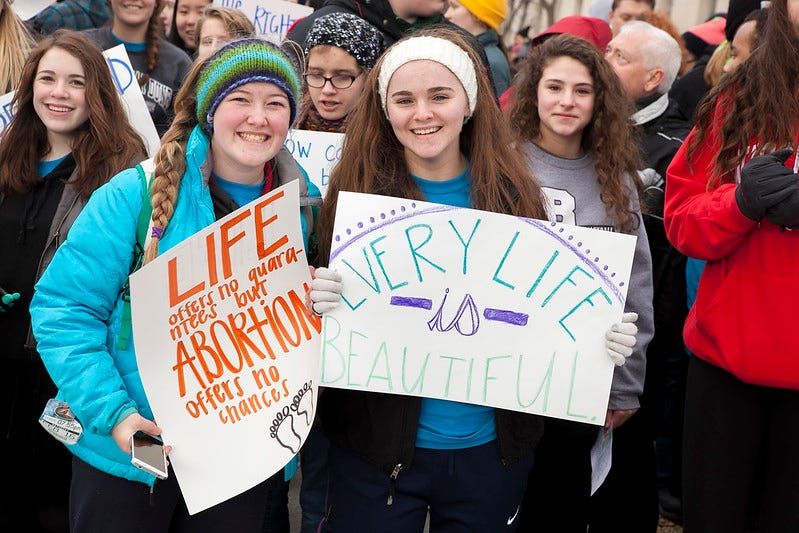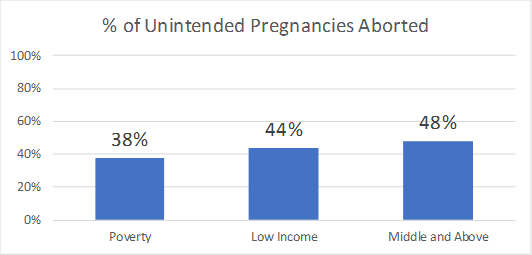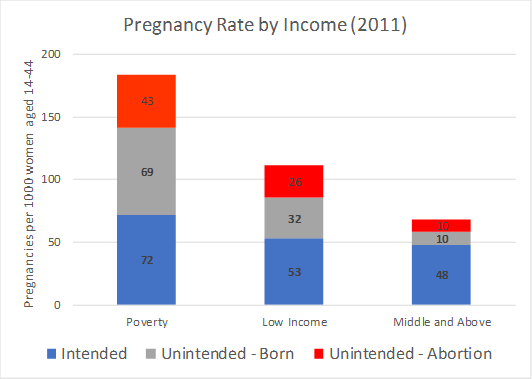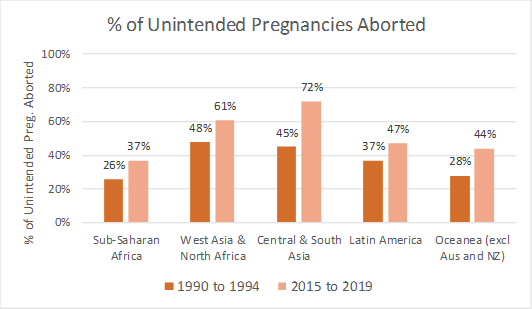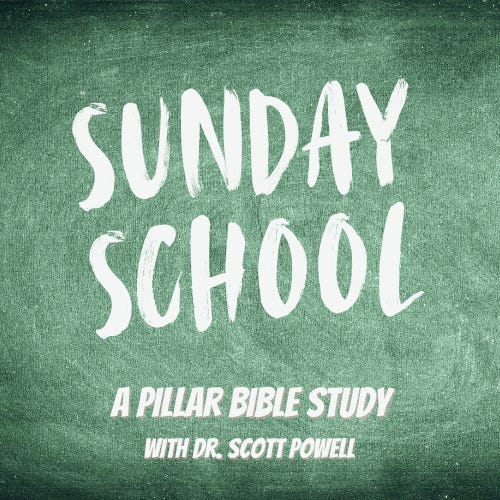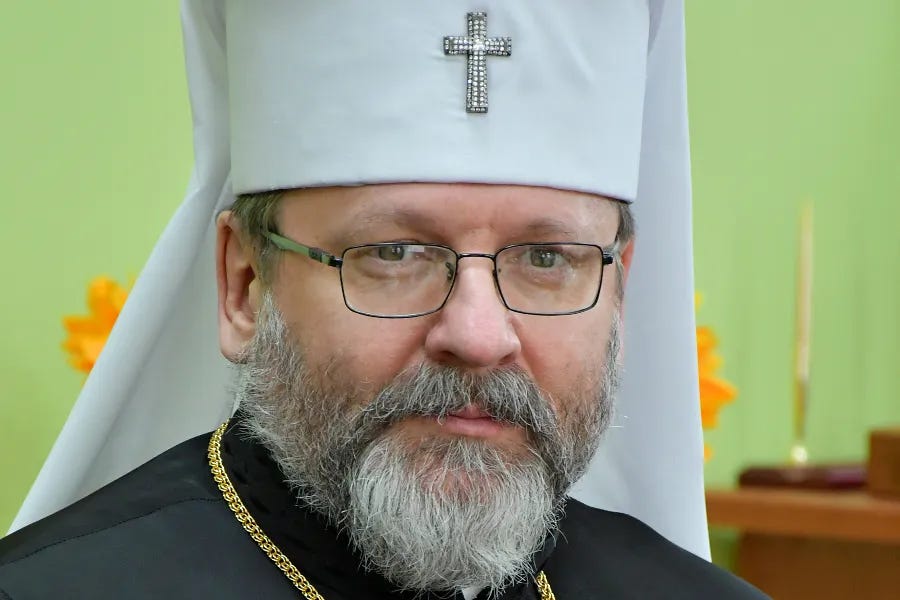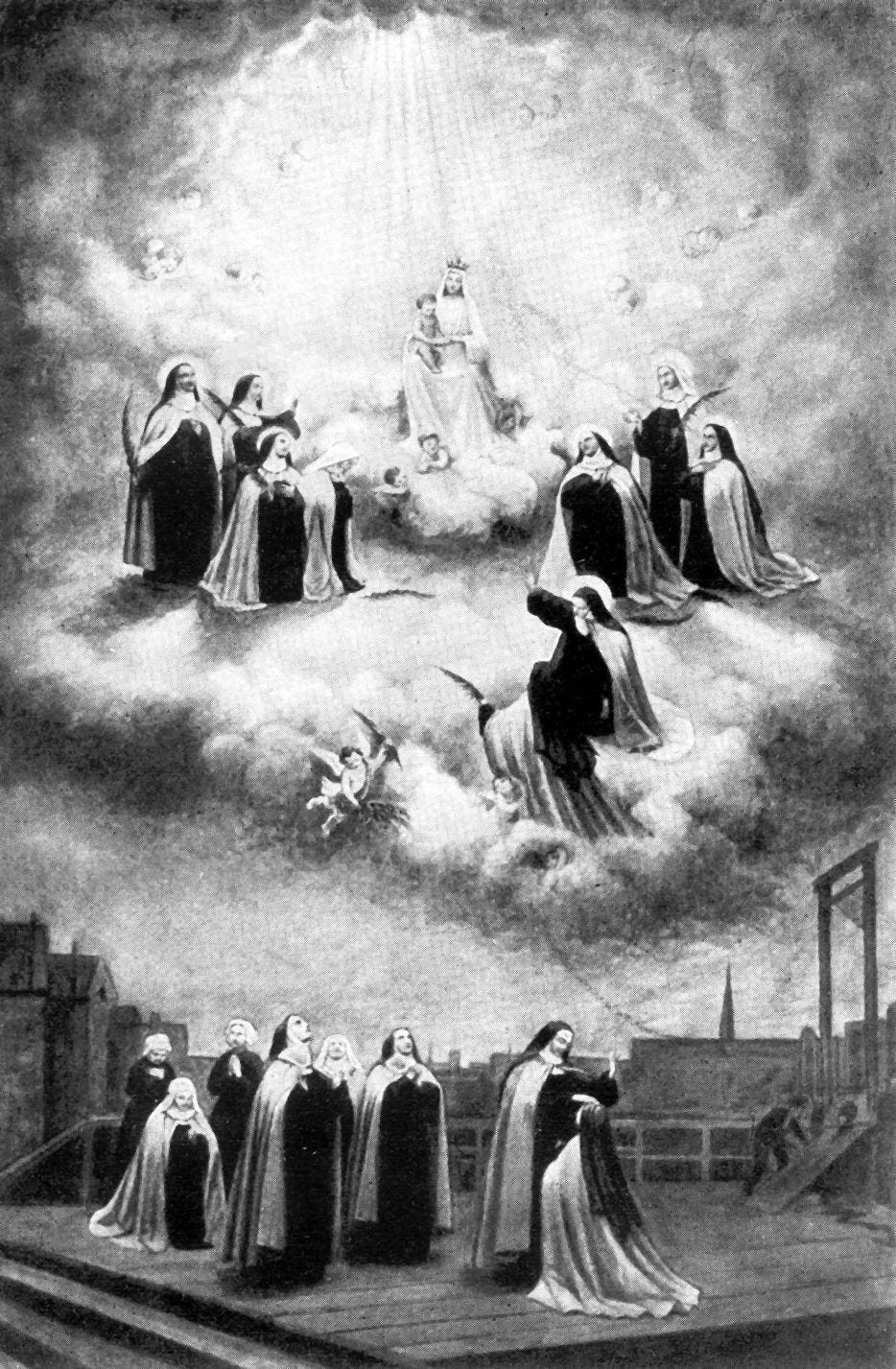Ed. note, Dec. 1: With discussions about abortion and poverty getting attention today at the Supreme Court in Dobbs vs. Jackson, we’re revisiting an analysis first offered back on January 25:
After a flare-up over abortion among U.S. bishops, and a commitment from President Joe Biden to expand access to abortion across the U.S., some Catholics are debating the best ways to reduce abortions in the U.S. and internationally.
It is a commonly accepted political maxim that poverty is the reason many women choose abortion. But a look at the data suggests the relationship between poverty and abortion is complicated, and understanding the dynamics might help Catholics contribute to America’s stalemate over the politics of abortion.
It is not surprising that people see a direct connection between abortion and poverty. Studies have consistently found that a majority of abortions are performed on poor women. A study from 2016, which examined the demographics of women who received abortions in 2014, found that 49% were below the federal poverty line and an additional 26% were low income. Another study, based on a survey asking women why they were seeking an abortion, found that 73% listed “Can’t afford a baby right now” as a reason.
Data like that is often used to suggest that women mostly obtain abortions because of circumstances where it is economically impossible for them to support a child. If that were the case, it might be a straightforward matter to end abortion by convincing politicians to give everyone more money.
From the perspective of Catholic social teaching, working to address poverty is a mandate of justice in itself. But the issue of abortion, specifically, has a vexingly complicated relationship to income.
A 2016 article in the New England Journal of Medicine studied unintended pregnancies in both 2008 and 2011.
As the graph below shows, the pregnancy rate (the number of pregnancies per 1,000 woman aged 15-44) was much higher for women living in poverty (below the federal poverty line) than for low income women (100% to 199% of the federal poverty line), while women who had incomes that were middle or above (200%+ of the poverty line) had the lowest pregnancy rate of all.
Women living in poverty had an overall pregnancy rate that was 2.7 times that of women with incomes that were middle or above. Twice as many of the pregnancies among poor women were unexpected (60%) as compared to middle and above women (30%).
The study broke down the number of unexpected pregnancies that ended in abortion compared to those that ended in birth.
The results might be surprising: Women living in poverty obtained an abortion in 38% of unexpected pregnancies. Those with low incomes underwent abortions 44% of the time. Women with middle and above incomes chose abortion the most often: for that group, 48% of unexpected pregnancies ended in abortion.
More abortions in total were obtained by women in poverty than by women with higher incomes, because women living in poverty experienced far more unexpected pregnancies than women in other income demographics.
But a given child, conceived unexpectedly, was significantly less likely to be aborted if her mother was living in poverty than if her mother was more affluent.
While politicians might suggest that women living in poverty are victims of their circumstances, and unable to give birth to children whom they have conceived, the numbers tell a different story about many of those women. Women living in poverty, despite all the difficulties they face, choose to bring children from unexpected pregnancies into the world much more often than more affluent women do.
The most common secular response to data about poverty and abortion is advocacy for widespread and inexpensive access to contraception. But for Catholics there is perhaps a more convincing, and convicting, response.
Poor and lower income women clearly need and deserve better and more reliable mechanisms of social and economic support: for themselves, for the children they are already bringing into the world under difficult circumstances and for the children who are now being lost to abortion but might be spared with sufficient support. From the Catholic perspective, a raft of policy proposals could be considered that would offer that support, and each would likely have impact on reducing abortions.
But given that comparatively affluent women are actually more likely to seek an abortion when faced with an unexpected pregnancy than women living in poverty, addressing abortion is clearly more than a matter only of economics.
Pope Francis has offered insights that might speak to this phenomenon. The pope speaks often of “throwaway culture,” and observes in Evangelii gaudium that “The individualism of our postmodern and globalized era favors a lifestyle which weakens the development and stability of personal relationships and distorts family bonds.”
Perhaps the Holy Father is directing attention, at least in part, to the scandal that the more affluent in the modern world are often less welcoming towards unexpected life than those who live in poverty.
Not only, as noted above, are women with higher incomes more likely to abort an unexpected pregnancy than poor or low income women, but this tendency has increased over time.
The New England Journal of Medicine study comparing statistics on unexpected pregnancies in 2008 and 2011 found that the percent of unintended pregnancies which ended in abortion for women of middle or above income increased from 42% in 2008 to 48% in 2011, even as among the poorest women the percent of unexpected pregnancies ending in abortion fell from 41% in 2008 to 38% in 2011.
This same phenomenon is seen on the international stage as well, which surely is a part of what Pope Francis and the global Church have observed.
A study in The Lancet found that even as poverty has decreased on a global scale, the percentage of unintended pregnancies that ended in abortion has increased. The study found that between 1990 and 1994 and 2015 and 2019, the percentage of unintended pregnancies ending in abortion had increased significantly in every developing region of the world.
Facing these trends in both developing and affluent parts of the world, the Catholic Church is given the challenge of providing a consistent witness to Christ’s plan for human life.
While the Church has encouraged both civil governments and Catholics themselves to provide needed resources to mothers and children in need, Catholic teaching has recognized that material resources alone won’t completely eradicate abortion; the data presented here would seem to support that.
The challenge of a dramatically changed life is something which is obviously not limited by economics. For the Church, it seems, the task is to call for and provide measures of support and assistance for all the dramatic ways in which a baby does indeed change its parents’ lives, at any income level, and no matter the circumstances.

